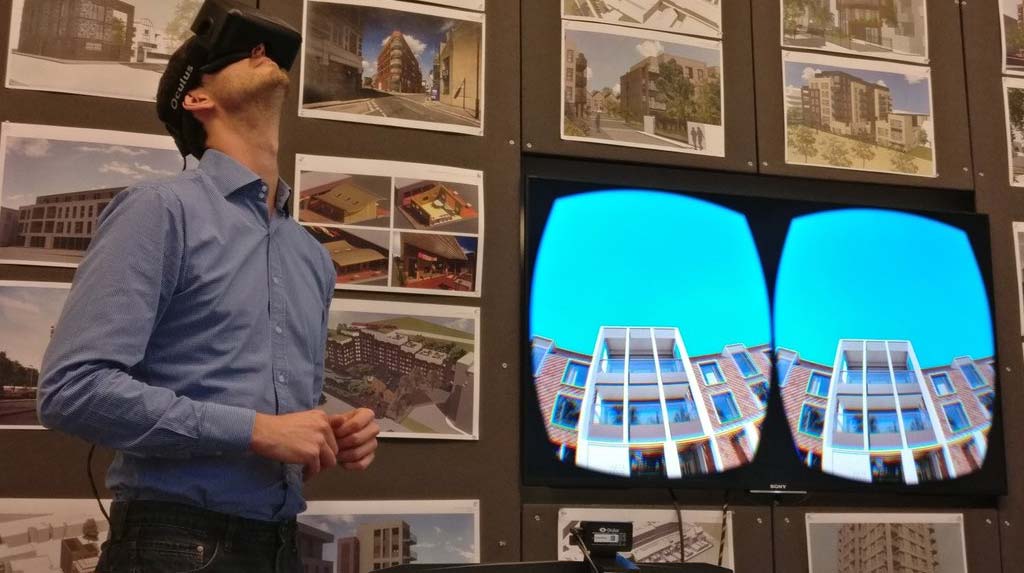
Up until very recently, Virtual Reality was in the stage that computers were at several decades ago: impractical, very expensive, and only meant for enthusiasts or the military. However, the last few years have seen an impressive burst of innovation, with Palmer Lucky’s Oculus Rift having spearheaded the movement. The HTC Vive, SteamVR, and Google Cardboard are now in play as well.
Today, VR is now at a quality level that end-users can be truly impressed with, and it’s getting better – long gone are the days where you’d put on a heavy HMD, see but a few blurry pixels in front of you, with the field of view being akin to that of a medieval helmet, and on top of that, becoming dizzy. These challenges have been chipped away, bit by bit, and today you can truly feel “immersed”, like “you are there” – of course, this is very hard to describe with words, and you have to experience it for yourself, but the best analogy that I can come up with is having a 3d movie all around you, “up in your face”, or, more simply, being in a cool 3d dream.
Impressive Opportunities with VR Technologies
As you can imagine, this can do wonders for architectural visualization: should your clients see the future as a simple rendering, or perhaps even as a stereoscopic movie, when they can actually GO there, in a sense? The difference is profound: instead of simply seeing the project as images on a screen, they can be in that room and sense the scale. How high is the ceiling? Is the hallway too narrow/claustrophobic? What is the overall impression that the room gives you? You will be able to walk around, look around, and truly sense what the building will feel like. I see such wonders often, as I work for Melior Games, and this is the path forward if you want to stand out from the competition.
Say, for example, you are planning to visualize a large shopping mall or trade center – how will the place feel with 100 people? 500? 1000? While a traditional visualization might give you a rough idea, when you are actually standing in a crowd of people the sensation is definitely much more “real”, and you’ll get a better sense of how many people your structure can support while not becoming too overcrowded.
Conclusion
Melior Games has a long history of delivering high-quality projects, as our clients will attest. Rather than the original question of whether or not VR will transform architectural visualization, I think the real question is whether or not the risk of not adopting VR early and staying ahead of your competition is even worth it.




